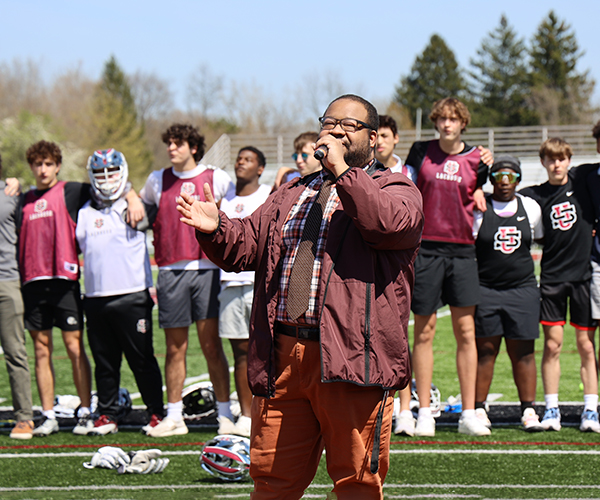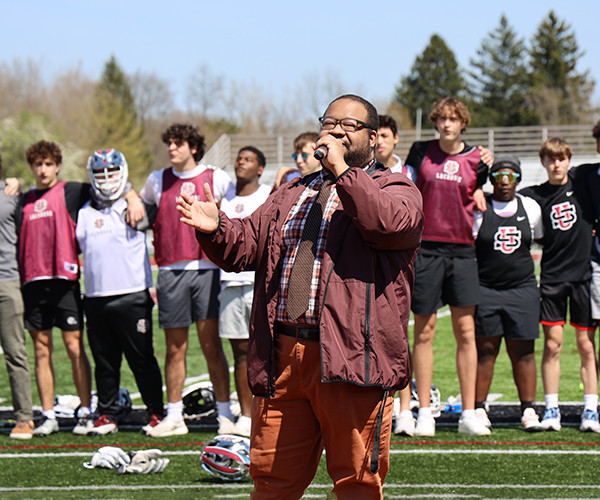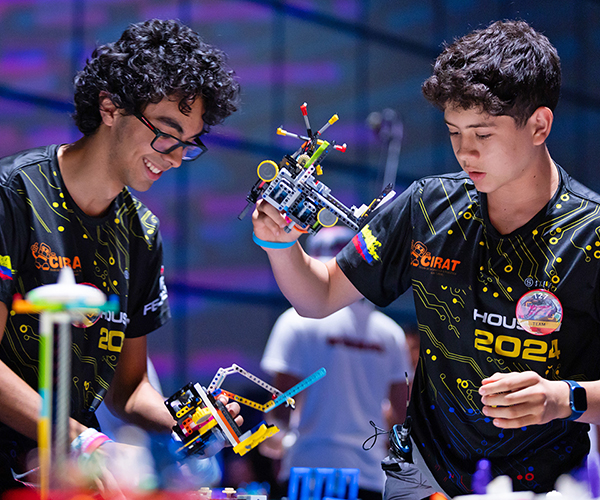The Rev. Robert L. Niehoff, S.J., the newly appointed president of John Carroll University, is emphatic about his desire to increase the university’s involvement in adjacent communities as well as the city of Cleveland.
“Right now, I’m working with the [John Carroll] vice presidents to discuss conducting town hall campus events that would focus on enrollment, the faculty, the quality of student life, academics and our resources,” he explains. “I must also investigate internally how best John Carroll may be of service to University Heights, to Shaker Heights and to Cleveland, and more immediately, our campus environment. Part of my task, being new here, is to learn about the issues.”
In a broader sense, Rev. Niehoff wants to extend the ripple effect of a Jesuit education by exploring how John Carroll may impact and engage the world.
“The world needs our graduates,” says Rev. Niehoff, who replaced Rev. Edward Glynn, S.J., who had served as John Carroll’s president since 1998. “We must be sensitive to the community and also have a vision of how the world may be different. We must be unwilling to live with the status quo, we must be constantly striving to make a difference, and we must work in collaboration with each other as communities and as individuals.”
Beginning with his initial job interview, Rev. Niehoff says he has been impressed by the sense of community and commitment at John Carroll. “My experience has centered on inclusiveness and transparency in decision-making,” he adds, “and a large piece of that process is the ability to actively engage the university community in the process, including faculty, staff, administrators, students, alumni and the board.”
Rev. Niehoff, who previously served at University of San Francisco as vice president for planning and as budget and associate provost for academic affairs, has worked in higher education, for nonprofit organizations and in church and Jesuit community administration.
As for his immediate priorities, Rev. Niehoff plans to assess the next steps regarding the university as a whole. He wants to engage University Heights and Shaker Heights in conversation and involve the entire Northeast Ohio region. He wants to better understand what John Carroll can do with them collectively and independently.
He likens this process to “rippling out as a rock in a pond might ripple out.”
He acknowledges the issues facing the Cleveland public and parochial schools and is curious what role John Carroll may play to improve student learning and offer hope to the students and their families. “What can we do in addition to the significant math, science and literacy collaboratives already in place?” he questions. “None of us should live with the challenges which the public and parochial schools face. Quality education is too significant a factor in the children’s future. This is a hugely challenging situation. We must engage in this from a sociological and psychological standpoint as well as addressing the issues of justice, student development and literacy.”
And, he believes that with total commitment from the John Carroll community, the goals he has outlined may be achieved. “It would be wonderful if every member of John Carroll and the immediate community could pursue these goals,” he says. “We would achieve continued excellence and move toward a positive future. Everyone would know what John Carroll is about and why. People would say that John Carroll lives for us, that we live their values and live their hopes.”



